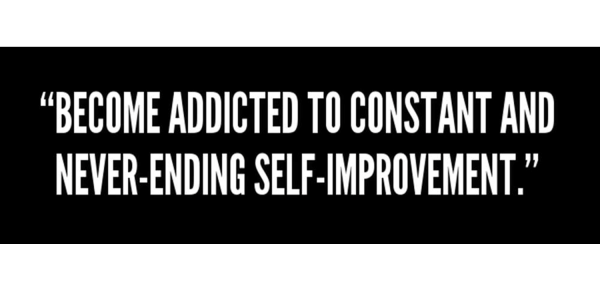Did you know most people epically fail when writing their fitness business plan!
Why… Firstly, they write the plan and then never look at it again. Your fitness business plan is a living document. It only ever provides a snap shot of the business at that moment in time. So if it is never updated it will only provide a snap shot of your past business.
Now, I know this won’t be you… You will apply CANI. Constant And NeverEnding Improvement.
Secondly, when you write your fitness business plan think about who the audience is and what the goals of your plan are. While there are common components found in every business plan, such as a company overview, sales forecasts and marketing strategy, business plan formats can be very different depending on the audience and the type of business.
Secondly, when you write your fitness business plan think about who the audience is and what the goals of your plan are. While there are common components found in every business plan, such as a company overview, sales forecasts and marketing strategy, business plan formats can be very different depending on the audience and the type of business.
For example, if you’re building a plan for a small personal training business, your plan will go into details about your ideal client and where you may operate from. If you are writing a plan for a personal training studio, details about location and competitors might be critical factors.
Next, the language used may vary depending on who would be reading the plan based on the two examples above. For example, more technical language may be used in the studio plan compared to the small personal training business.
Your fitness business plan can also differ greatly in length, detail, and presentation.
Plans that never leave your office and used only for internal use may use more casual language and might not have much visual polish. On the other end of the spectrum, a plan that is destined for the desk of your bank manager will have a high degree of polish and will focus on the high-growth aspects of the business and the experienced team that is going to deliver results.
If you are building a start up business then make sure you Join The Academy <<<<< click here
Here is a quick overview of three common types of plans:
1. One-page fitness business plan,
is exactly what it sounds like: a quick summary of your business delivered on a single page.
No, this doesn’t mean a very small font size and cramming tons of information onto a single page. It means that the business is described in very concise language that is direct and to-the-point.
A one-page business plan can serve two purposes.
- First, it can be a great tool to introduce the business to outsiders, such as potential investors. It’s fair to say most people have very little time to read detailed business plans, a simple one-page plan is often a better approach to get that first meeting. Later in the process, a more detailed plan will be needed, but the one-page plan is great for getting in the door.
- Secondly, this simple one-page fitness business plan is great for sketching our early ideas. Think of your one-page fitness business plan as an expanded version of jotting your idea down on a scrap paper. Keeping the business idea on one page makes it easy to see the entire concept at a glance and quickly refine concepts as new ideas come up.
2. The Internal fitness business plan,
This focuses almost exclusively on business strategy, milestones, metrics, budgets, and forecasts. And of course it also includes the review schedule for monthly review and revision. Internal fitness business plans are used to guide the growth of both start-ups and existing businesses. They help business owners think through strategic decisions and measure progress towards goals.
3. The External fitness business plan
This is a formal business plan document, and is designed to be read by outsiders to provide information about a business. The most common use is to convince investors to fund a business, and the second most common is to support a loan application.
In addition, an external plan details how potential funds are going to be used. Investors don’t just hand over cash with no strings attached, they want to understand how their funds will be used and what the expected return on their investment is.
So, my question to you is…
Where does your current fitness business plan lie?
Is it a one page fitness business plan, internal or external?
Think… who is the audience, what language should you use, what is the targeted outcome of your business plan?
With a more targeted and direct business plan, you are much more likely to get the outcome you want.
What’s your next step?
In the business kick starter, you will not only learn how to piece together the 4 key sections of a business plan (Set up, Statistics, Systems and Strategies) but you will also make sure this is in place to build the foundations of your whole business. Join The Academy <<<<< click here
